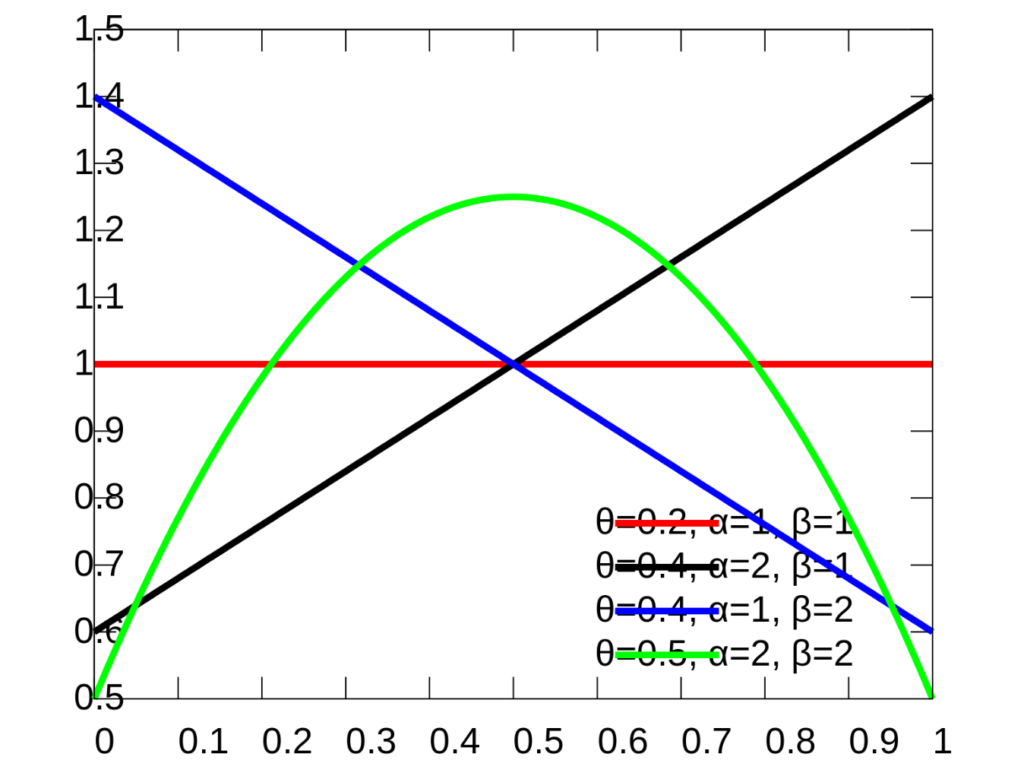< Probability and statistics definitions > Support of a probability distribution
What is the support of a probability distribution?
The support of a probability distribution is the set of all possible values for a certain random variable. It determines the range of values that can be used to calculate probabilities.
The support of a probability distribution provides insights into the nature and behavior of the distribution. It can be used to determine a number of properties of the distribution, such as the mean, variance, and skewness. In addition, support of a probability distribution can be used to compare different distributions.

How to find the support
The support of a probability distribution can be determined by looking at the probability density function (PDF), probability mass function (PMF), or cumulative distribution function (CDF). The PDF/PMF are functions that give the probability of a random variable taking on a particular value, while the CDF is the cumulative probabilities for the distribution. The support of the distribution is the set of all values for which these functions are not equal to 0. For example, the standard normal distribution PDF is given by

The PDF equals zero for all values of x outside of the real number line. This means that the support of the standard normal distribution is the set of all real numbers but not, for example, complex or imaginary numbers.
“Support” can also refer to the set of values or range of the variable for which the PDF/PMF/CDF is non-zero. In other words, it is the range of possible outcomes within which the distribution assigns positive probability.
Support of a probability distribution: discrete vs. continuous
For continuous probability distributions, the support is typically a range or interval on the real number line. For example, the support of the CDF of the Beta rectangular distribution is [0,1]; in a standard normal distribution, the support is the entire real number line (-∞ to +∞), because the normal distribution assigns non-zero probability density to every real number. This means that any real number can be used to calculate the probability of a standard normal variable.
For discrete probability distributions, the support is a set of distinct points or values where the PMF assigns non-zero probabilities. For instance, the support of a binomial distribution with n trials is the set of integers {0, 1, 2, …, n}, as the binomial distribution assigns non-zero probability only to these integer values.
References
[1] IkamusumeFan, CC BY-SA 4.0 https://creativecommons.org/licenses/by-sa/4.0, via Wikimedia Commons